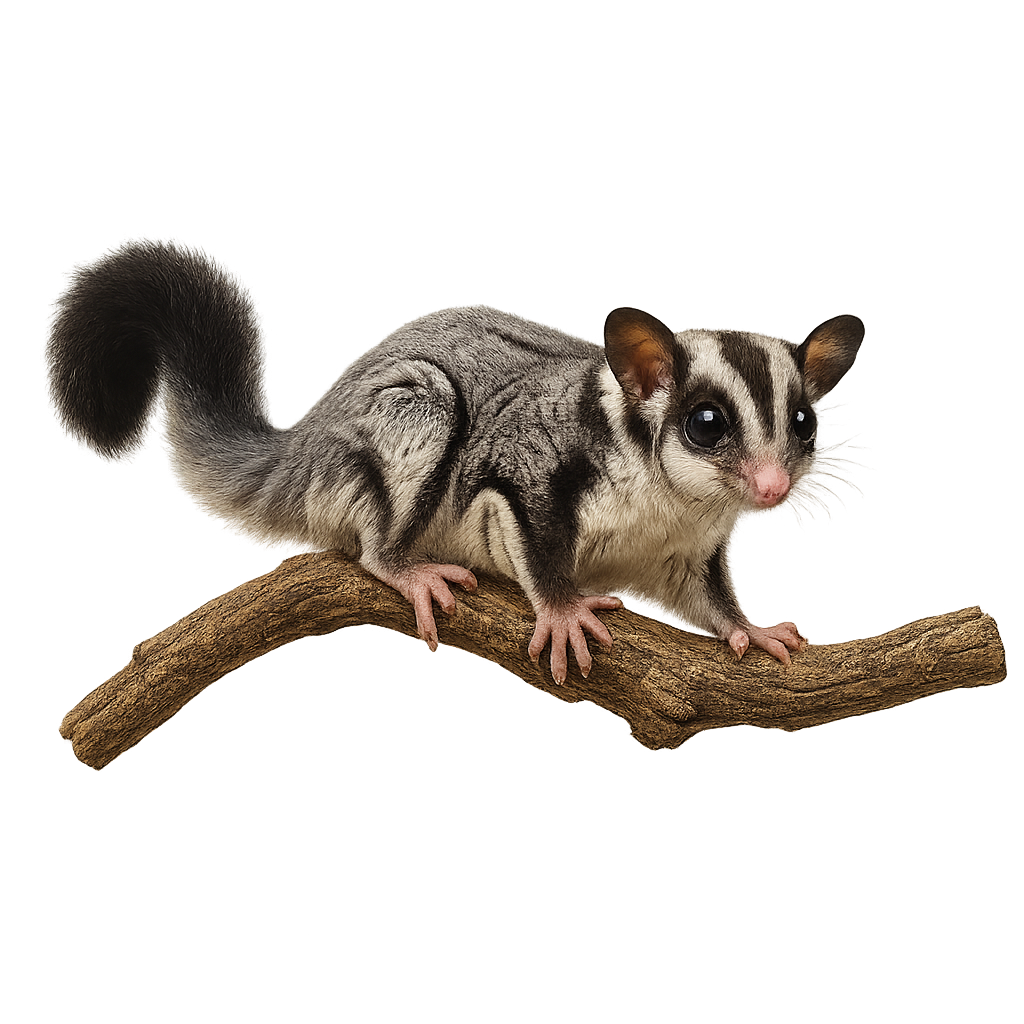Your wildlife photography guide.
Explore the sugar glider in detail, study its behavior, prepare your shots.
Where to observe and photograph the sugar glider in the wild
Learn where and when to spot the sugar glider in the wild, how to identify the species based on distinctive features, and what natural environments it inhabits. The WildlifePhotographer app offers tailored photography tips that reflect the sugar glider’s behavior, helping you capture better wildlife images. Explore the full species profile for key information including description, habitat, active periods, and approach techniques.
Sugar glider
Scientific name: Petaurus breviceps

IUCN Status: Least Concern
Family: PETAURIDAE
Group: Mammals
Sensitivity to human approach: Suspicious
Minimum approach distance: 5 m
Rut period: June to August
Gestation: 15-17 jours
Births: June to September
Habitat:
tropical forests, savannas, mangroves
Activity period :
Mainly active at night, generally discreet during the day.
Identification and description:
The sugar glider, or Petaurus breviceps, is a small arboreal marsupial native to Australia and New Guinea. Known for its ability to glide using a membrane called the patagium, which stretches from its wrists to its ankles, this small animal weighs between 90 and 150 grams. It is primarily nocturnal and feeds on nectar, tree sap, insects, and fruits. Its soft, gray fur with a distinctive black stripe running from its nose to its back makes it easily recognizable. Living in social groups, the sugar glider uses a variety of vocalizations to communicate. Although popular as a pet, it requires specific care to thrive in captivity.
Recommended lens:
400 mm – adjust based on distance, desired framing (portrait or habitat), and approach conditions.
Photography tips:
To photograph the sugar glider, prioritize nighttime outings, as this animal is primarily active at night. Use a telephoto lens of at least 400mm to capture detailed images from a distance without disturbing its natural habitat. Patience is key, as these creatures can be suspicious. Bring a tripod to stabilize your camera in low-light conditions. Try to capture the glider in mid-flight to showcase its unique gliding ability.
The WildlifePhotographer App is coming soon!
Be the first to explore the best nature spots, track rutting seasons, log your observations, and observe more wildlife.
Already 1 430 wildlife lovers subscribed worldwide

